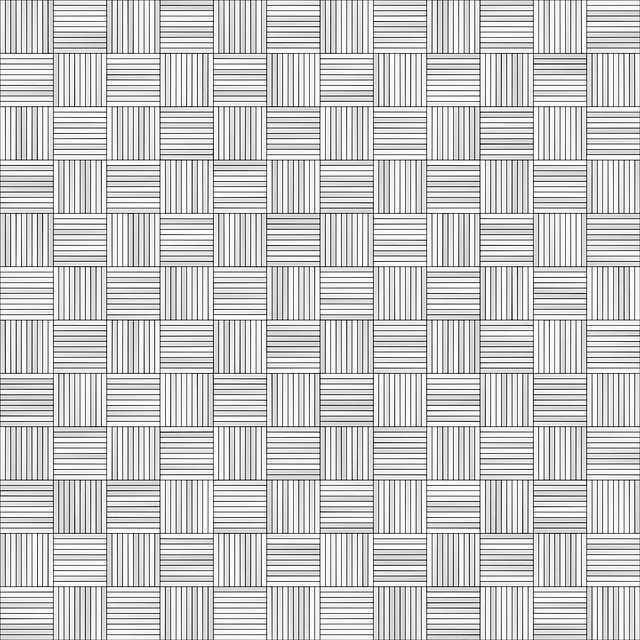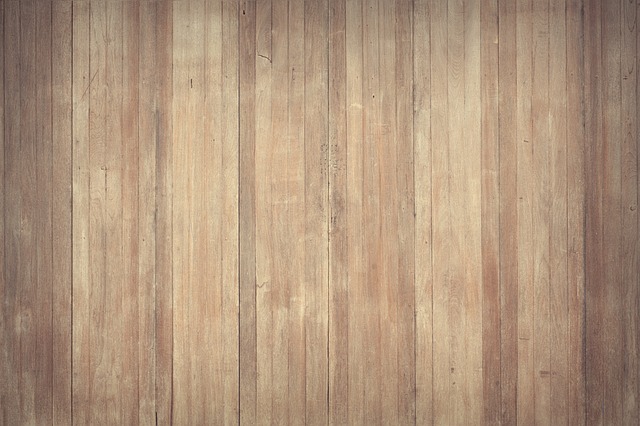Wood-look flooring options have become increasingly popular due to their ability to mimic the appearance of real wood while offering benefits like durability, moisture resistance, and often lower costs. Here’s a breakdown of the different types you mentioned:
1. Wood-Look Tile

- Description: Porcelain or ceramic tiles that are designed to look like real wood. These tiles are printed with high-definition images of wood grain and can replicate the texture, color, and pattern of various wood species.
- Key Features:
- Durability: Highly durable and resistant to scratches, dents, and stains.
- Water Resistance: Excellent for wet areas like bathrooms, kitchens, and basements.
- Maintenance: Easy to clean and maintain; doesn’t require refinishing.
- Installation: Installed using traditional tile methods, with grout lines that can mimic the appearance of wood planks.
- Uses: Ideal for areas where moisture is a concern, like bathrooms, kitchens, or even outdoor spaces.
2. Luxury Vinyl Tile (LVT)

- Description: A type of vinyl flooring that is designed to mimic the look of natural wood (or stone). It’s made up of multiple layers, including a photographic layer that replicates wood grain, and a wear layer that protects against scratches and stains.
- Key Features:
- Durability: Highly resistant to wear, scratches, and stains, making it suitable for high-traffic areas.
- Water Resistance: LVT is waterproof, making it suitable for kitchens, bathrooms, and basements.
- Comfort: Softer underfoot than real wood or tile, and it often has a bit of give, making it more comfortable to walk on.
- Maintenance: Easy to clean with regular sweeping and mopping.
- Installation: Can be installed as a floating floor (click-and-lock system) or glued down.
- Uses: Great for any room in the house, especially in areas where water resistance is important.
3. Medium-Density Fiberboard (MDF) with Wood-Look Finish

- Description: MDF is an engineered wood product made from wood fibers combined with resin and compressed into sheets. It’s often used as a core material for wood-look products like laminate flooring or furniture.
- Key Features:
- Cost-Effective: Generally cheaper than solid wood or hardwood flooring.
- Versatility: MDF can be coated with a wood-look veneer or laminate that mimics the appearance of real wood.
- Stability: Less prone to warping than solid wood, but it’s not as durable as hardwood or LVT.
- Installation: Commonly used as the core material for laminate flooring, which is installed using a floating floor method.
- Uses: Common in budget-friendly furniture, cabinetry, and laminate flooring that needs to mimic the look of wood without the high cost.
4. Hybrid Stone Plastic Composite (HSPC)
- Description: HSPC, often referred to as rigid core vinyl, is a type of luxury vinyl flooring with an extremely durable, rigid core made from a combination of natural stone powder and plastic polymers. It’s designed to look like wood or stone.
- Key Features:
- Durability: Incredibly tough and durable, resistant to dents, scratches, and water.
- Waterproof: 100% waterproof, making it ideal for any area prone to moisture.
- Stability: The rigid core provides superior stability, even in temperature fluctuations and high-moisture environments.
- Comfort: Softer underfoot compared to tile and more comfortable to walk on.
- Installation: Usually installed as a floating floor with click-and-lock edges, making it easy to install.
- Uses: Perfect for kitchens, bathrooms, basements, and commercial spaces where durability and water resistance are critical.
5. Laminate Flooring
- Description: A type of flooring made by layering a photographic image of wood over a high-density fiberboard (HDF) core, with a protective wear layer on top. Although not real wood, it closely mimics the appearance of hardwood.
- Key Features:
- Durability: Resistant to scratches and stains but not as durable as LVT or HSPC when it comes to water resistance.
- Water Resistance: Traditional laminate is not waterproof, but newer waterproof laminates are available.
- Cost: Generally less expensive than real wood or engineered wood.
- Installation: Typically installed as a floating floor with a click-and-lock system.
- Uses: Best suited for living rooms, bedrooms, and other areas with moderate foot traffic where water exposure is minimal.
Comparison and Choosing the Right Option:
- Water Resistance: LVT, HSPC, and wood-look tiles are excellent for areas exposed to moisture, such as kitchens, bathrooms, and basements.
- Durability: HSPC and wood-look tiles are extremely durable and ideal for high-traffic areas, while LVT also offers good durability with added comfort underfoot.
- Aesthetics: All options effectively mimic the look of wood, but wood-look tiles and LVT offer the most realistic appearance and texture.
- Cost: MDF-based products and laminate tend to be the most budget-friendly, while LVT and HSPC provide a balance between cost and durability.
- Comfort: LVT and HSPC are softer and warmer underfoot compared to wood-look tiles, making them preferable in colder climates or areas where you’ll be standing for long periods.
Each of these wood-look options has its own set of advantages, making it easier to find the perfect solution based on your specific needs, whether it’s water resistance, durability, or aesthetic appeal.

